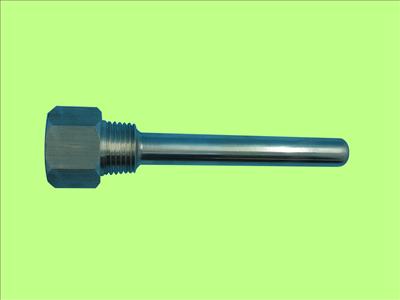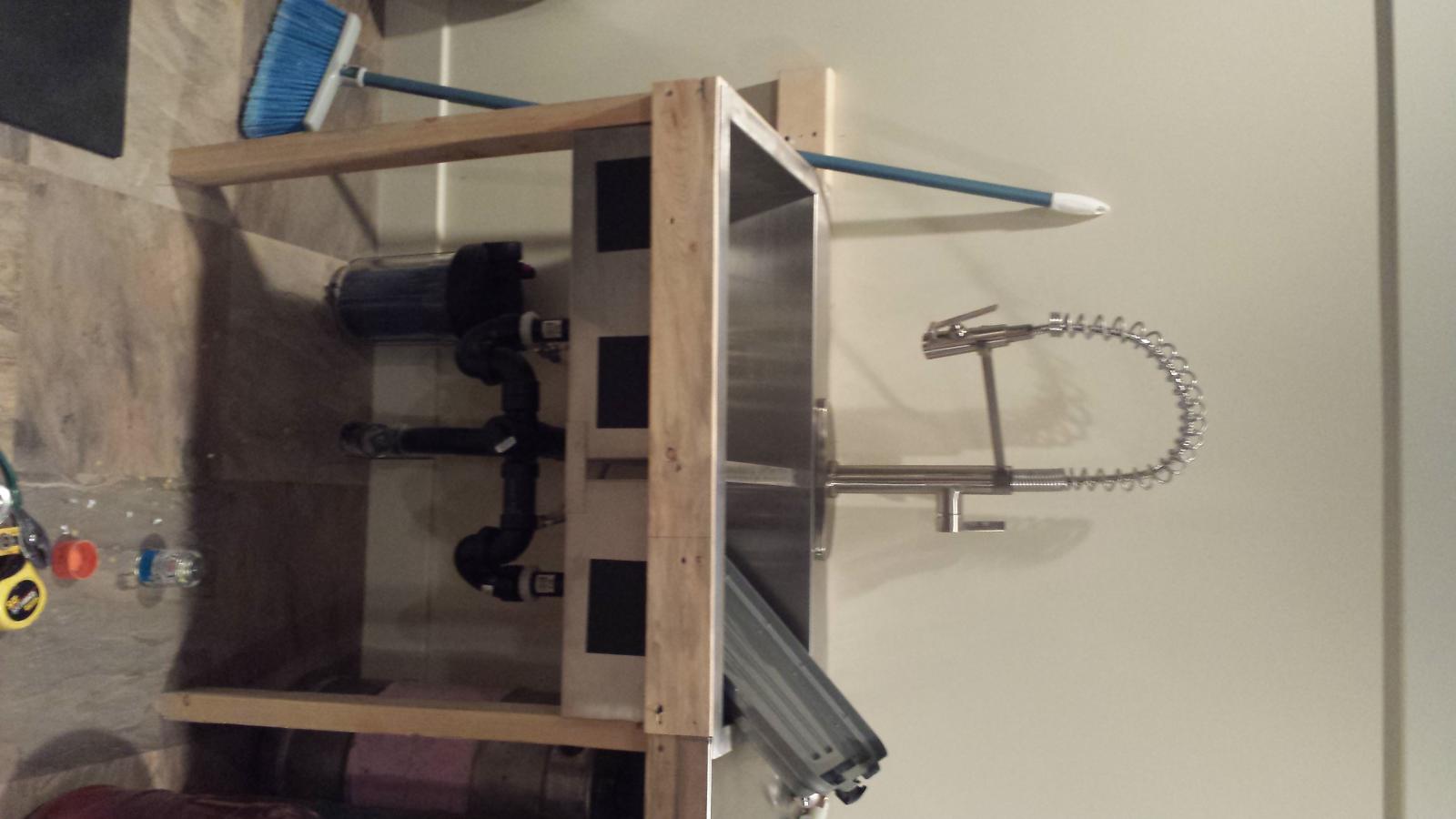Don't feel sorry for me about the start up not working out... life goes on and I'm in another better start up. Life is good, except that I never get to brew !
On that topic, I bought a nice little Armstrong steam trap on E Bay for $20 plus shipping.
These things separate the condensate from the steam (vapor) without allowing the steam to escape. These things normally sell for ~$250 or so, but there are a bunch of them new on eBay for cheap. I think they will also act as a vacuum break, but I have yet to confirm that.
Data sheets are here.
http://www.armstronginternational.c...bucket-1800-series-stainless-steel-horizontal
The 1000 series will work as well, but they exit out the top instead of out the side. These valves must all be mounted upright. They don't work mounted on their side that I know of.
The steam trap is normally placed at a low point after the steam has lost its heat. When enough condensate collects, it opens and releases it automatically. I'm hoping to use 1 steam trap for multiple vessels by having a check valve in each condensate line. Should that not work I'll need a steam trap for each one, but I think a check valve will work.
Prior to finding this unit, I was either going to order a big clunky cast iron unit or drop the condensate out manually with a ball valve. I'm happy to have this unit as it will be one less thing to watch while brewing.
This, of course, implies that I'm not blowing my steam directly into my mash in the MLT or wort in the boil kettle. I'll be keeping the steam separate from these liquids by heat transfer between a copper coil and the liquids themselves. I did the heat transfer calculation for the coils in a previous post in this thread.
FYI, if you buy one of these, make sure to get a threaded model and not a weld socket model. The weld socket models are not threaded.
FYI, there is a small chance that the output from one of these steam traps could be piped directly back into the boiler. It all depends if mounting the steam trap outlet above the boiler provides enough head to force the condensate back into the boiler. Theoretically it should, but practically, I'm not sure. Generally a pump would pump the condensate back into the boiler. The pressure differential should be very small because theoretically the entire steam line is at the same pressure. I'm hoping the hydrostatic head plus a little bast of steam pushes it back into the boiler.

On that topic, I bought a nice little Armstrong steam trap on E Bay for $20 plus shipping.
These things separate the condensate from the steam (vapor) without allowing the steam to escape. These things normally sell for ~$250 or so, but there are a bunch of them new on eBay for cheap. I think they will also act as a vacuum break, but I have yet to confirm that.
Data sheets are here.
http://www.armstronginternational.c...bucket-1800-series-stainless-steel-horizontal
The 1000 series will work as well, but they exit out the top instead of out the side. These valves must all be mounted upright. They don't work mounted on their side that I know of.
The steam trap is normally placed at a low point after the steam has lost its heat. When enough condensate collects, it opens and releases it automatically. I'm hoping to use 1 steam trap for multiple vessels by having a check valve in each condensate line. Should that not work I'll need a steam trap for each one, but I think a check valve will work.
Prior to finding this unit, I was either going to order a big clunky cast iron unit or drop the condensate out manually with a ball valve. I'm happy to have this unit as it will be one less thing to watch while brewing.
This, of course, implies that I'm not blowing my steam directly into my mash in the MLT or wort in the boil kettle. I'll be keeping the steam separate from these liquids by heat transfer between a copper coil and the liquids themselves. I did the heat transfer calculation for the coils in a previous post in this thread.
FYI, if you buy one of these, make sure to get a threaded model and not a weld socket model. The weld socket models are not threaded.
FYI, there is a small chance that the output from one of these steam traps could be piped directly back into the boiler. It all depends if mounting the steam trap outlet above the boiler provides enough head to force the condensate back into the boiler. Theoretically it should, but practically, I'm not sure. Generally a pump would pump the condensate back into the boiler. The pressure differential should be very small because theoretically the entire steam line is at the same pressure. I'm hoping the hydrostatic head plus a little bast of steam pushes it back into the boiler.













